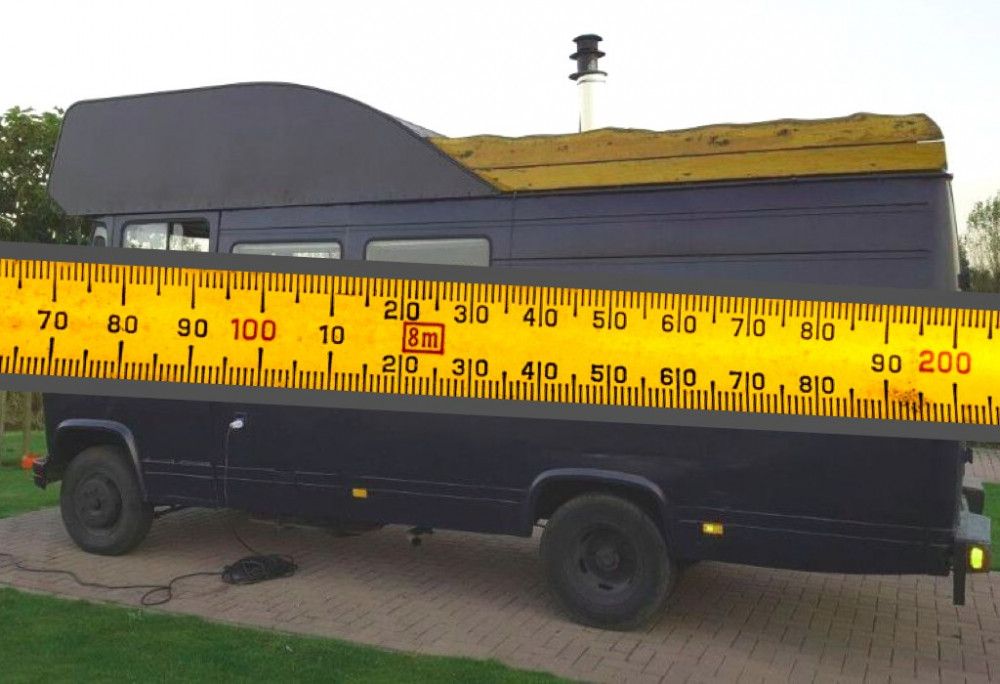Understanding Van Dimensions

Van dimensions are a detailed trade with a couple of terms and codes. So how do you know what you're dealing with? In this article I'll explain how dimensions are measured and why they matter.
I'll explain the meaning of the L1 (and so on) and H1 codes.
What does L1, L2, L3, and L4 mean?
The L.. codes are used to indicate a length for the van. It only tells us what the relative length of the van is for that specific brand. The actual length differs from manufacturer to manufacturer. Generally, the codes mean short length (L1), medium length (L2), long length (L3), and extra-long or maxi length (L4).
And what about the H1, H2, and H3 codes?
The same goes for all H.. codes. Generally, the codes mean standard roof (H1), high roof (H2), and super-high roof (H3). Almost all brands use these codes, but they all use completely different dimensions for each code. So make sure to check our database for your specific van before planning your layout.
Why is there a difference in internal and external width?
Isn't a cargo van supposed to be made of sheet metal? That's right. Still, there's a huge gap in internal and external width. How come?
The difference in width consists of the mirrors. The exterior width size is the total width of the van with folded mirrors. For the interior width, manufacturers use the total width of the cargo area from side to side. Mostly at the belt, which is halfway, as this is where the van is widest.
So if you want to know whether or not you can cross that tiny bridge in the Alps, make sure to use the exterior width. Would be sad if you didn't. But if you're trying to figure out whether you can fit that Queen-size bed inside the trunk, definitely use the inside width.
Why Do External Dimensions Matter?
The outside dimensions help you to estimate how this van will handle, whether it will fit a standard parking size, and so on.
What About Interior Dimensions?
I guess the most important measurement of a van is the exact size of the load area. But it's actually pretty difficult to find these data online. So, how big is the back of the van exactly? If you're planning a conversion or a van racking, you need to know.
What's the maximum floor surface?
Another great measurement is the estimated maximum floor surface of the van, as this will tell you how much you can fit/build/move in the van. Or, it can tell you how much living space you'll have. Can you fit a large bed? Or do you need to downsize your kitchen? Whatever your goal, the number differs per model, and is not easy to come by.
What's a High Top?
Most Euro style (Sprinter, Transit, ProMaster) van manufacturers provide their vans with both high and low tops. High tops are elevated roofs to provide more headroom. Generally, everything above H2 is considered a high top, and should offer sufficient space to stand up fully.
How High is a High Top?
Most vans come in the heights H1, H2 and H3. The H1 is the standard roof. An H2 is considered a High Top and an H3 is considered a Super High Top. On average, a High Top (so the H2) has a standing height of about 190cm high, or 75" on the inside.
Did you find the answer to your specific question?
👍 214 👎 93
Are you looking for the dimensions of your van?

